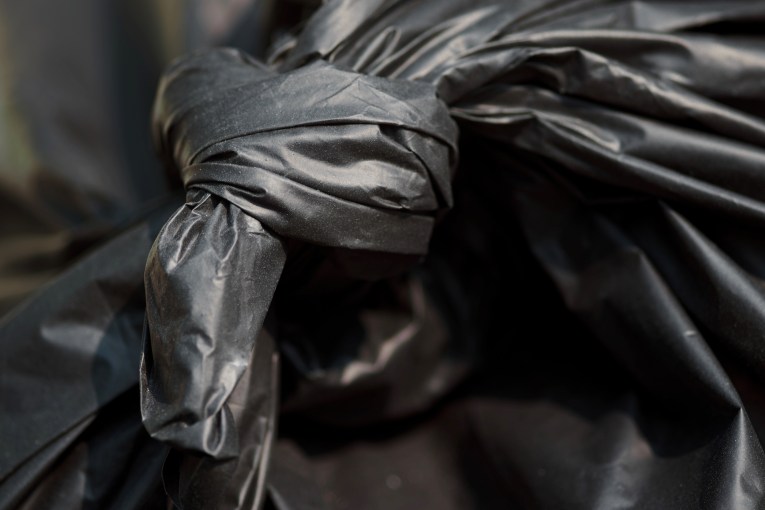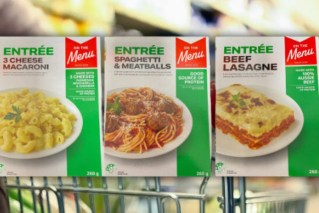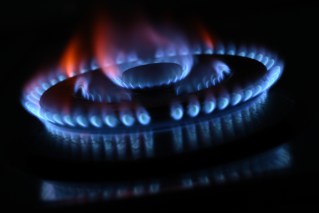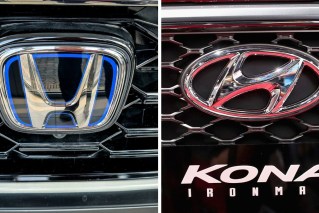Rags to riches: How a ‘circular economy’ will turn Australia’s trash into treasure

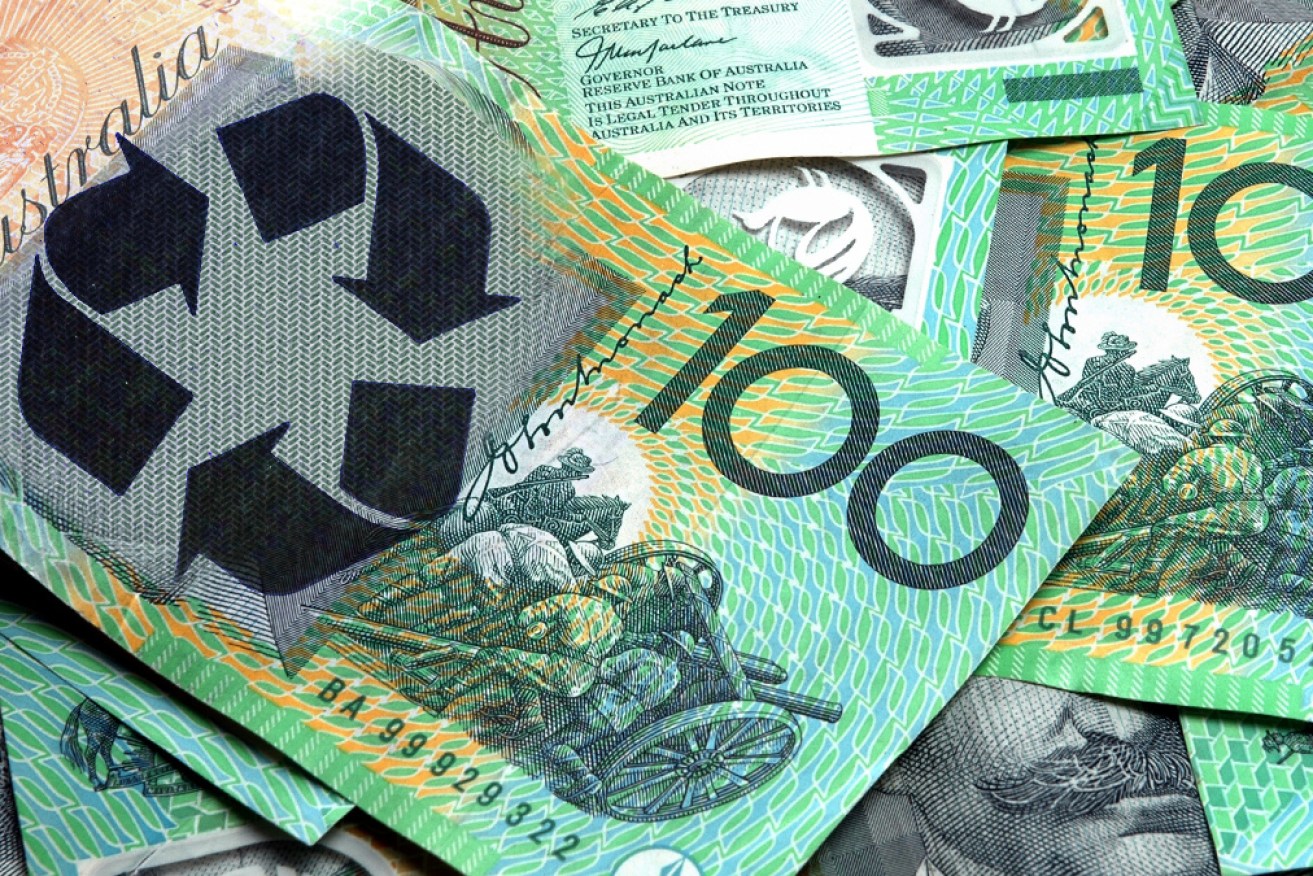
Australia throws out thousands of tonnes of rubbish each year – but that could soon fuel our economy. Photo: The New Daily
As the nation’s waste problem continues to grow, government is taking the first steps to turn Australia into a ‘circular’ economy.
If successful, it would mean an end to landfilling and other harmful practices used to dispose of broken, used or unwanted goods.
But Victorian Environment Minister Lily D’Ambrosio said the federal government would need to invest more money into recycling programs to achieve that goal.
Speaking at an event by the Committee for the Economic Development of Australia on Wednesday, Ms D’Ambrosio said it would take “national co-operation” to tackle waste.
“I’m calling on the federal government to match all funding with all of the states to ensure that we have the opportunities to build domestic processing capabilities sooner rather than later,” she said.
Her comments come only six months before a new ban on waste exports on certain materials is set to take hold.
From July 1, export bans will be phased in on waste plastic, paper, glass and tyres.
A lack of adequate support for processing those waste materials would be a “recipe for litter and landfill”, Ms D’Ambrosio said.
Instead, Australia must take those waste products and find new ways to recycle them, creating a so-called “circular economy”.
What is a circular economy?
The modern economy is based off a linear consumption model.
Businesses make goods, those goods are purchased and used by consumers, and then thrown away.
Ballpoint pens are a good example. After the ink runs out, the pen is tossed in the bin, starting its one-way journey to a landfill or an incinerator.
The idea of a circular economy is to loop this process back around so broken and used items don’t end up in landfill – instead they form the building blocks of new products.

How a circular economy works. Source: Waste and Resource Action Programme (WRAP)
In some cases, old products (especially packaging) may even be re-used without being recycled – it can simply be washed, sterilised and placed back into the supply chain.
It’s the industrial equivalent of using a keep-cup instead of grabbing your morning coffee in a disposable container.
Regardless of whether an item is recycled or reused, the materials used to manufacture it are kept in the ‘loop’ of a circular economy and little to no waste is produced.
Effectively, an economy’s output becomes its input.
How would that work?
The key to making a circular economy work is in finding ways to turn our current waste into usable materials.
This can be done through recycling programs, but Australia lacks the infrastructure to handle the sheer volume of waste produced.
The Department of Agriculture, Water and the Environment’s last National Waste Report (2018) found Australians produced 54.5 million tonnes of waste in 2016-17.
But the World Economic Forum says there is a better way of managing waste: Buy items as a service, not as goods.
Instead of consumers buying a washing machine and then disposing of it at the end of its life cycle, consumers could license the use of the washing machine.
When the washing machine reaches the end of its useful life, the manufacturer then reclaims it to process into new products, and the licensee would receive a new machine.
It’s a similar model to that offered by software companies such as Microsoft Office.
How would this look in practice?
Undoubtedly the idea of a circular economy will have its sceptics, but these principles are already cementing themselves overseas.
One example is global recycling firm TerraCycle’s ‘Loop’ business.
Loop partners with manufacturers and retailers to create reusable packaging for the items people buy in their weekly grocery shop.
Customers who sign up to Loop pay a fee and receive their goods – typically the same household brands they normally buy – in special reusable packaging.
When they’re finished with a product, they take it back to the store from which it came to be cleaned and reused, and receive a full one in return – paying solely for the contents rather than the packaging.
Loop is already running in France and the US, and is expected to roll out in Australia through Woolworths by the middle of 2021.
Recycling industry says funding not enough
Government at state and federal levels have already outlined plans to improve Australia’s recycling capacity (as well as expand the market for recycled goods).
But Australian Council of Recycling chief executive Pete Shmigel said not enough money has been invested in the sector over the past two years.
With the COAG ban on waste exports fast approaching, Mr Shmigel said government will need to act fast.
“Without substantial investment soon, current kerbside recycling services may be put at risk,” he said.
“Without reinvestment in domestically sustainable recycling and its necessary infrastructure, more material that Australians expect to be recycled – especially plastic – will need to go to landfill.”
